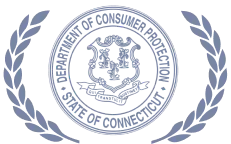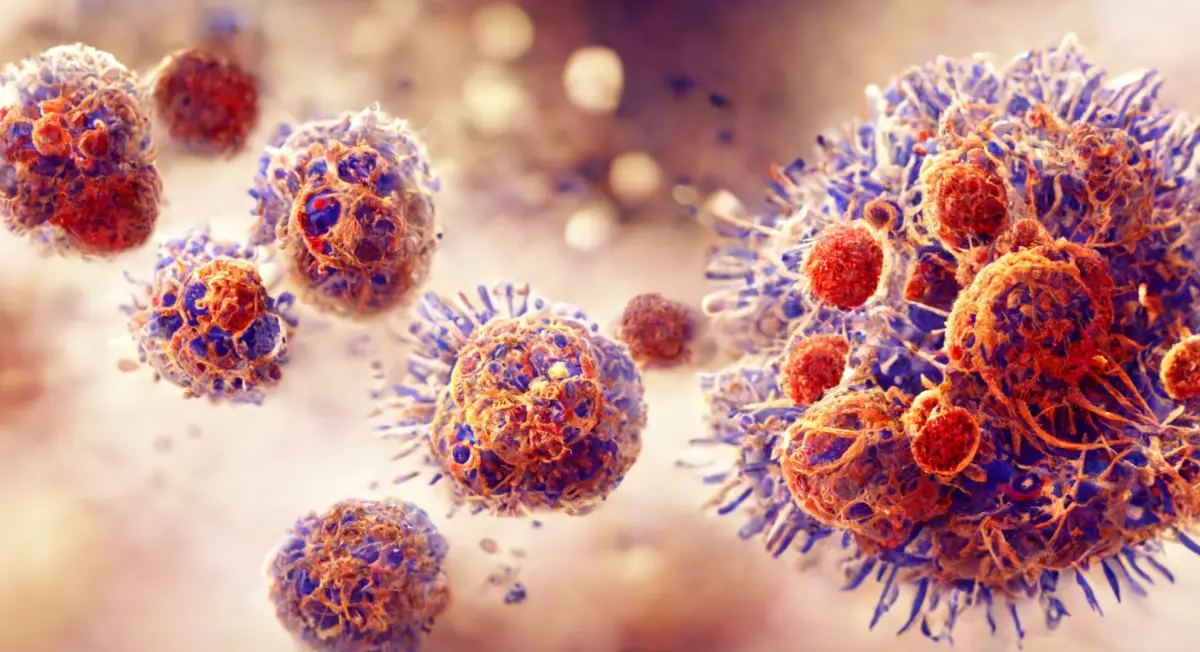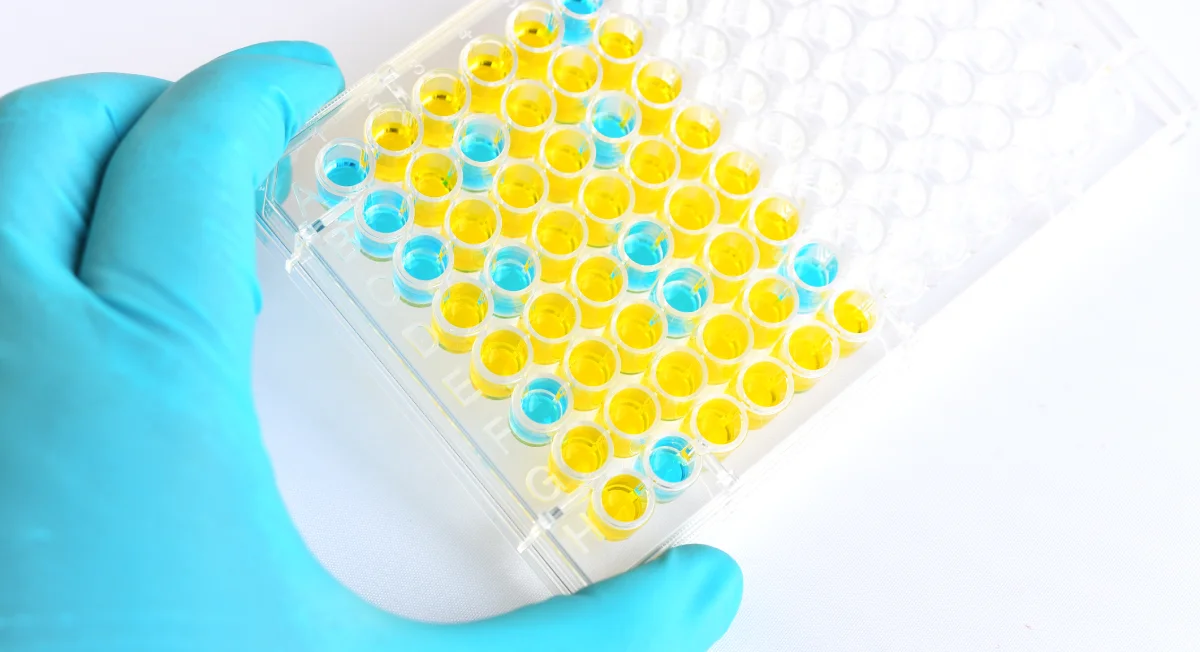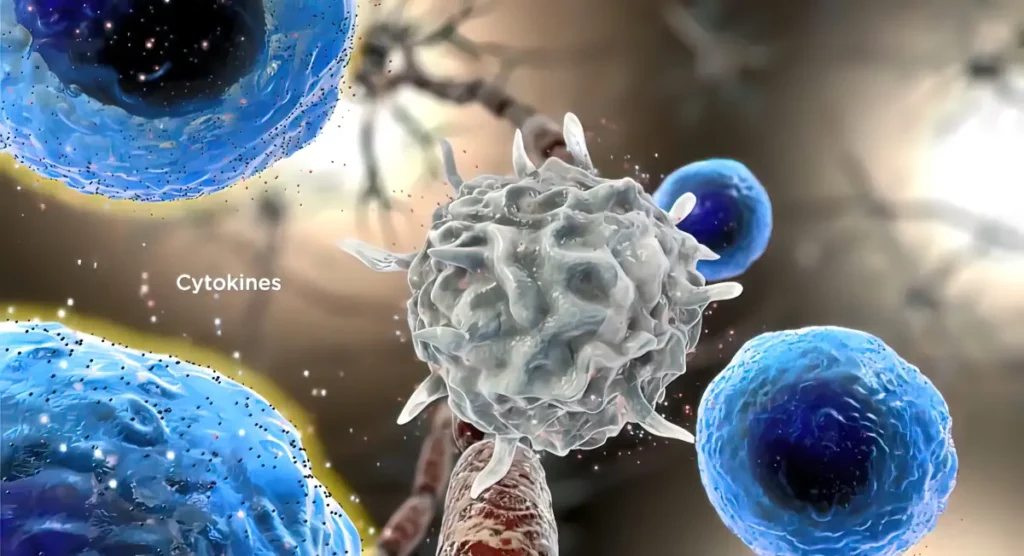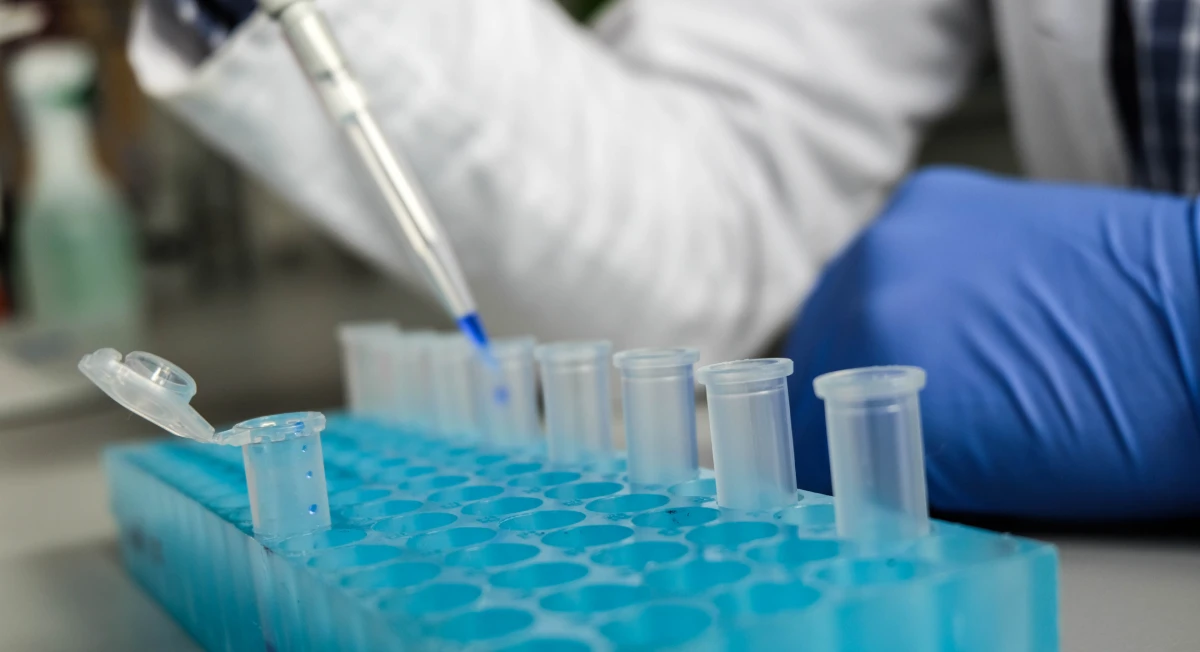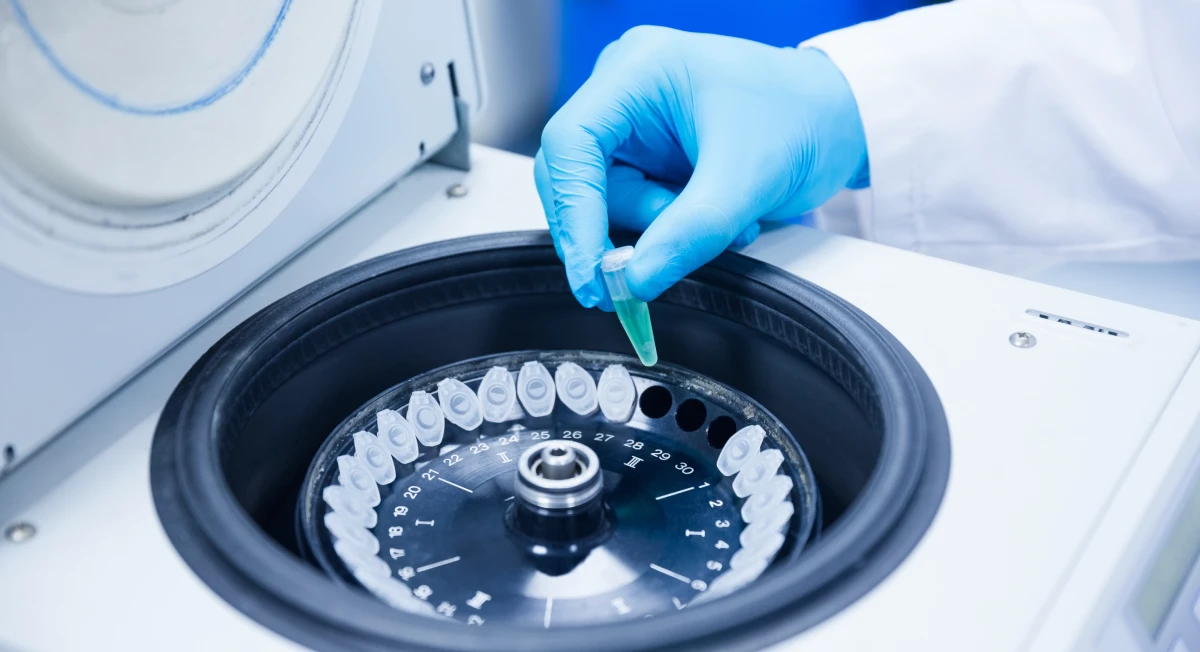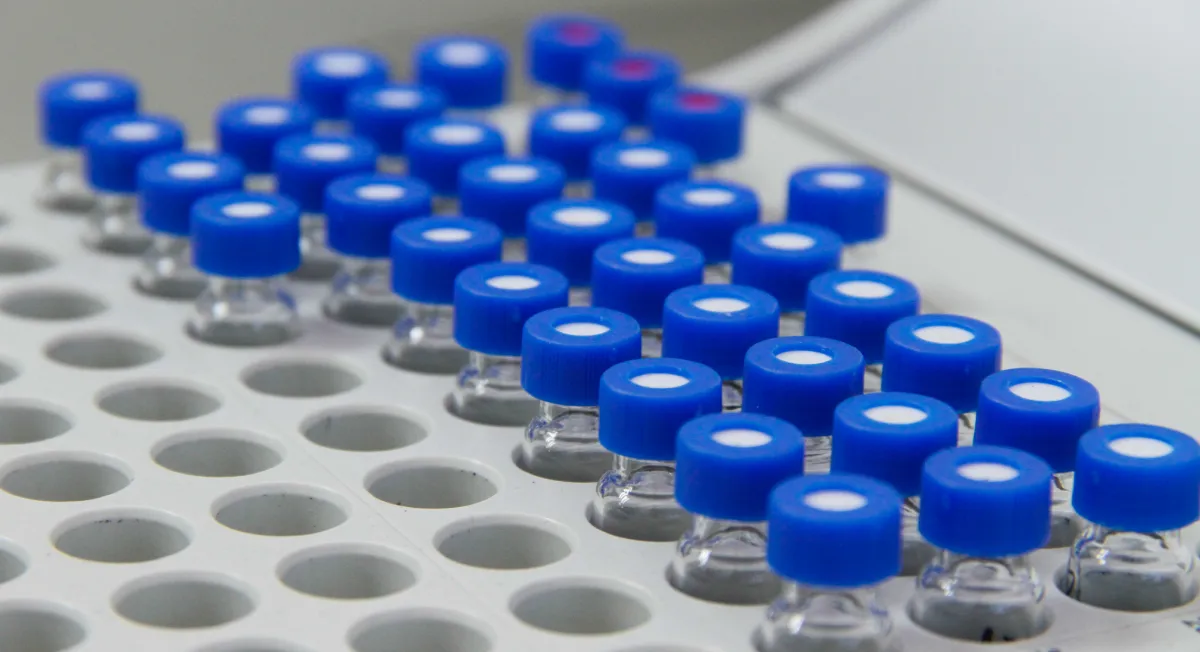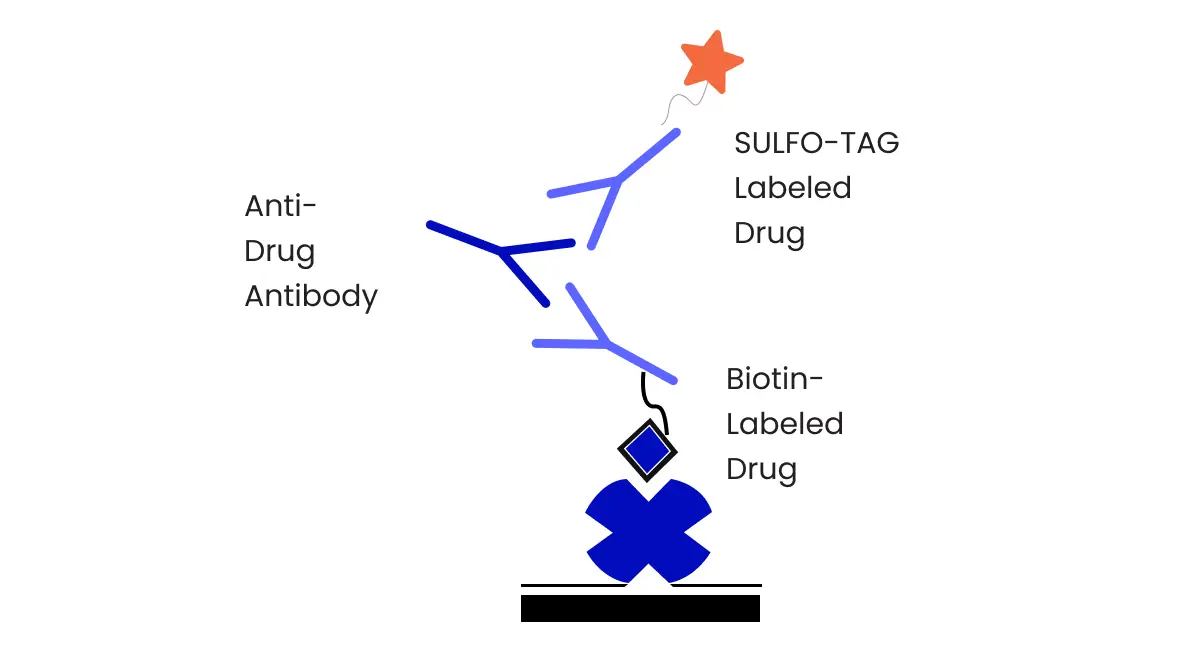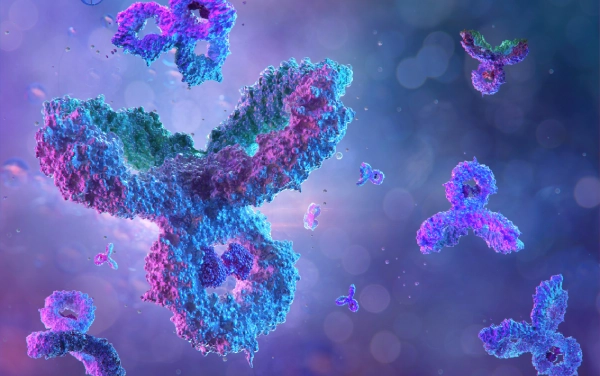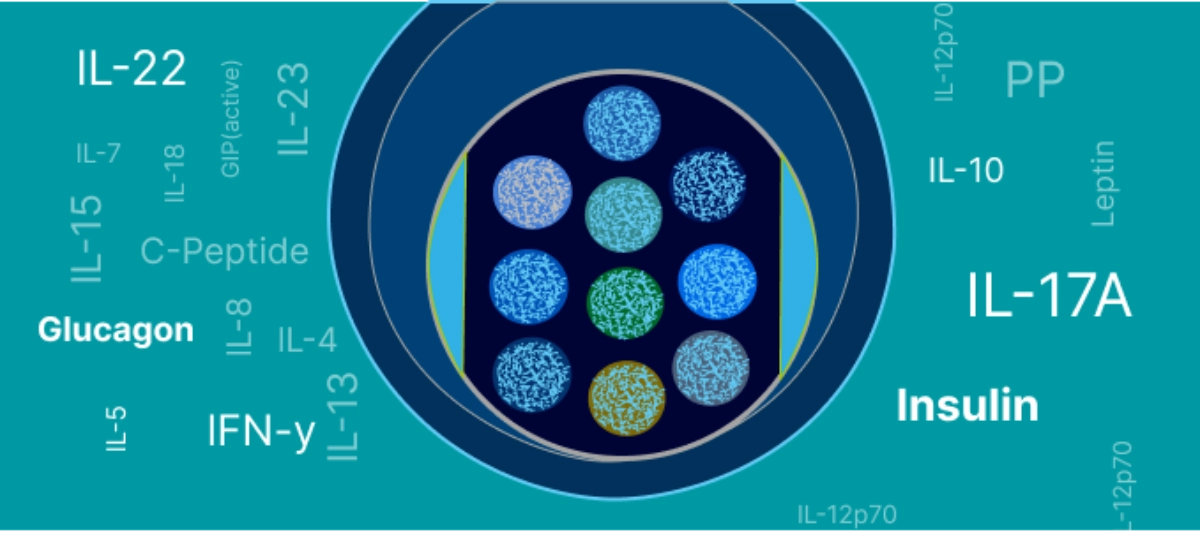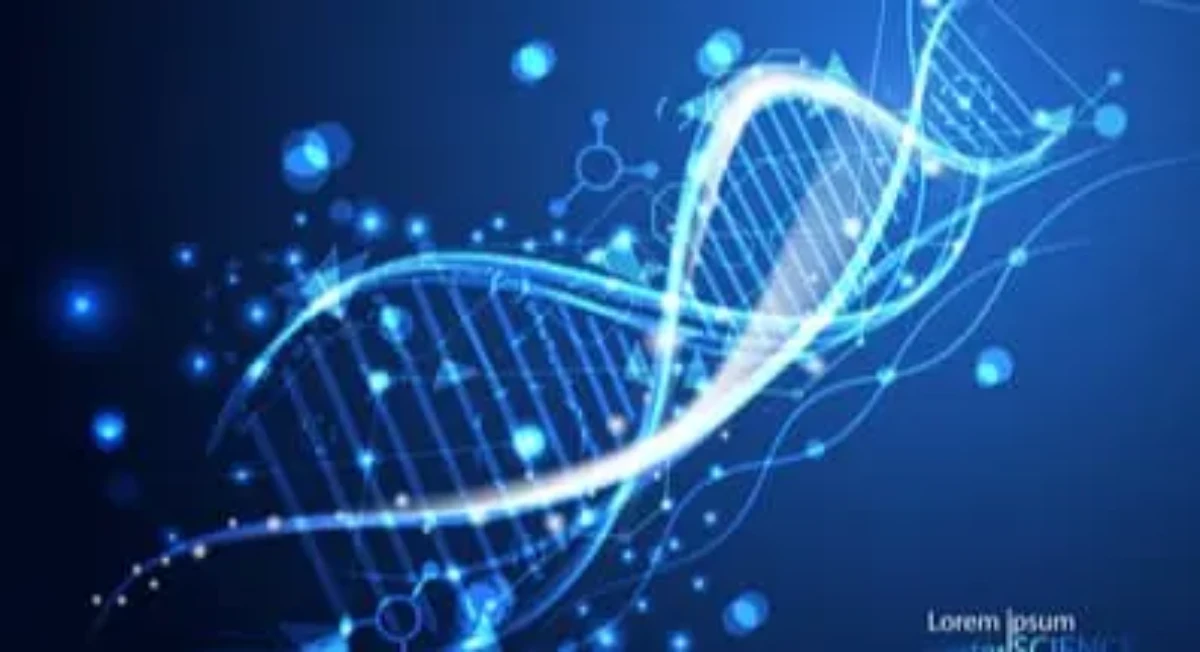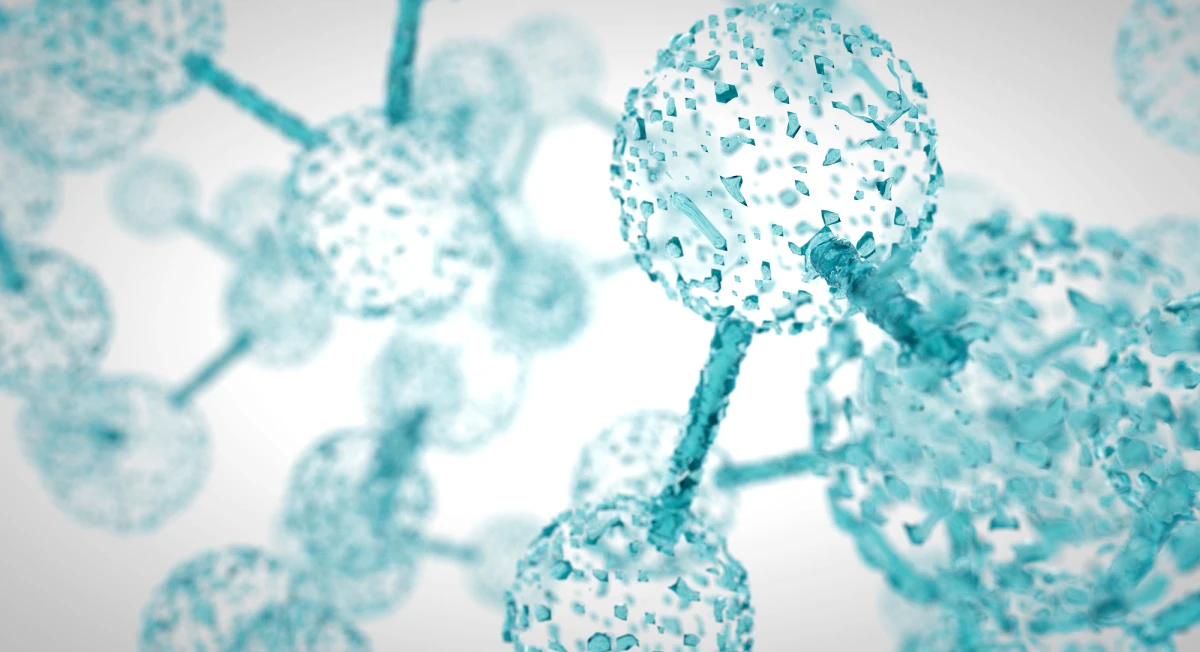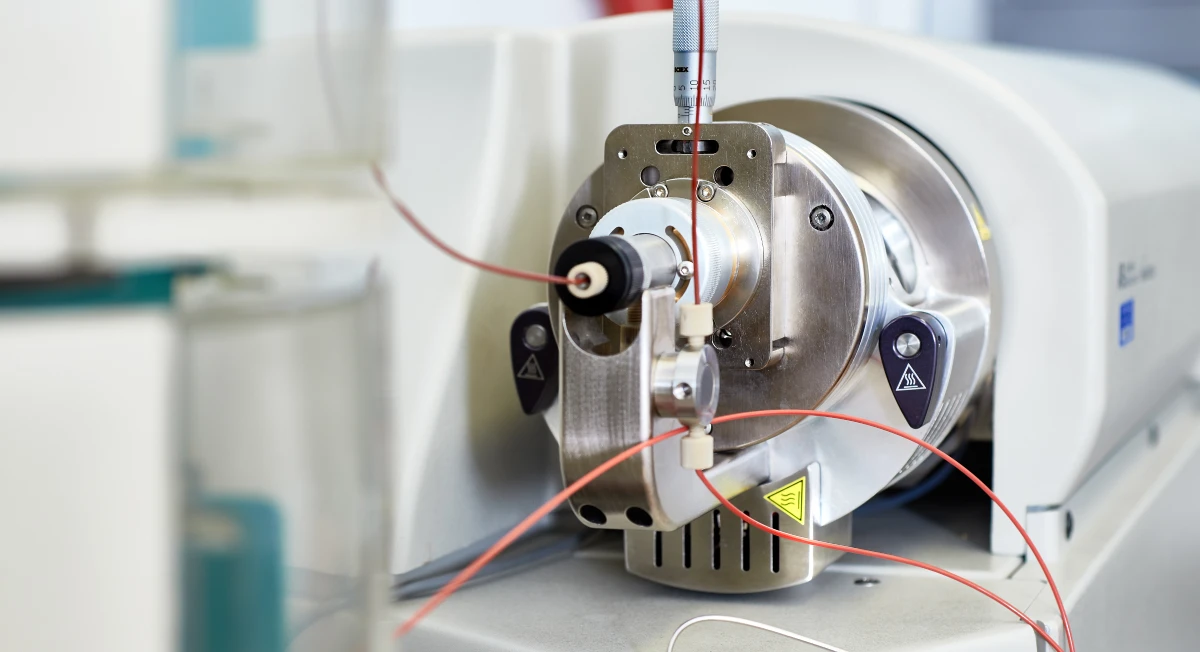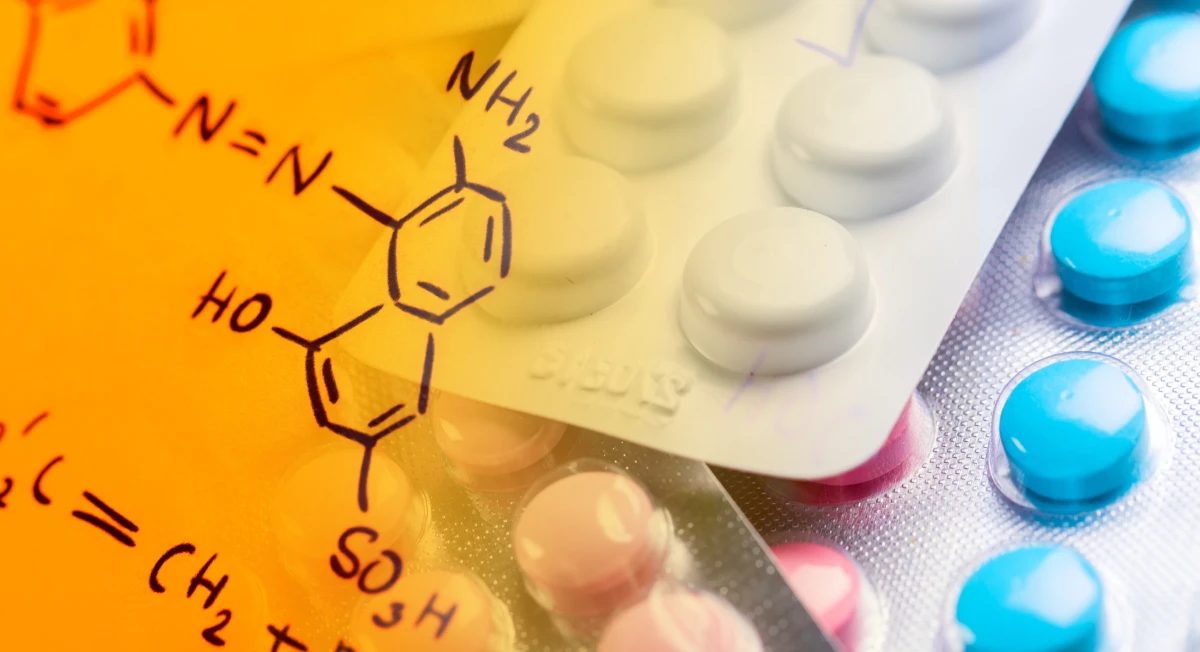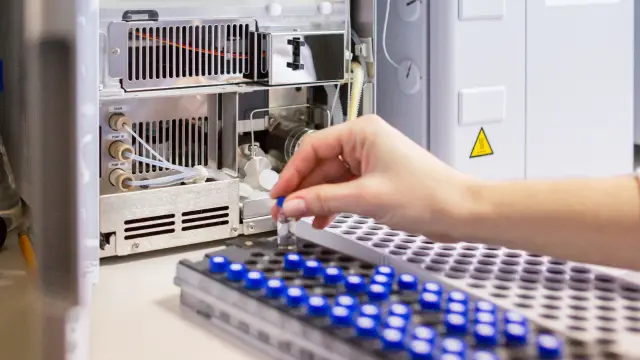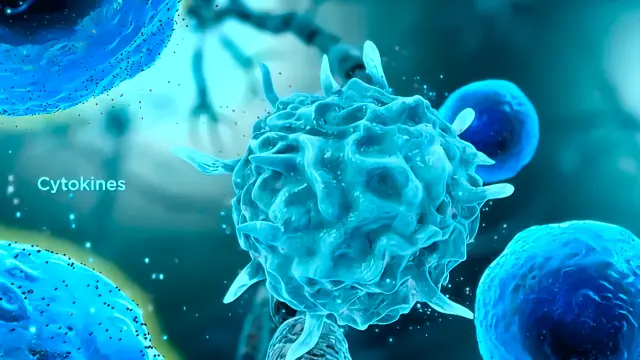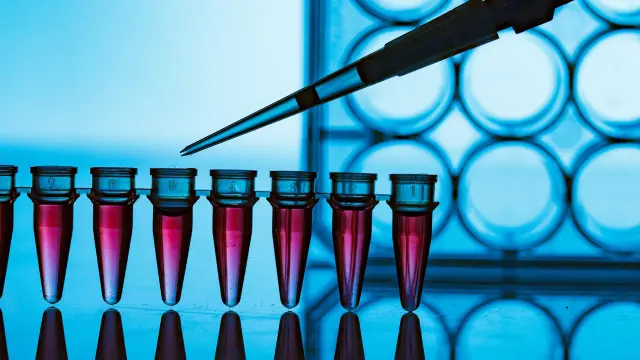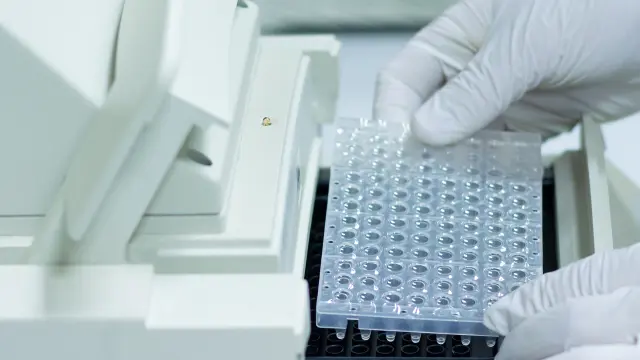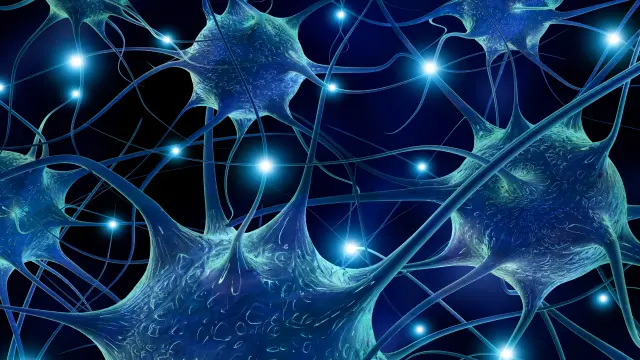Real-Time Quantitative PCR (qPCR)
qPCR, or quantitative PCR, is highly effective for assessing copy number QPCR variations and quantitative gene expression data. The process entails real-time PCR detection, resulting in an amplification curve that traverses initiation, exponential, and plateau phases. This qPCR curve is essential for monitoring the reaction’s progress, as it indicates the change in fluorescence as the reaction moves through each phase. As the qPCR reaction progresses exponentially, fluorescence rises above the baseline, marking the threshold level crucial for quantitation. The crossing of this threshold by the sample is recorded as the Ct or Cq value, serving as a pivotal nucleic acid quantification point.
In quantitation, the inclusion of a reference gene (RG) that remains consistently expressed across all samples regardless of biological conditions is indispensable. Commonly utilized RGs like GAPDH and β-actin are chosen cautiously, considering their stability across experimental conditions. Analyzing qPCR data involves selecting between two quantitation methods: absolute and relative gene expression.
Absolute quantitation necessitates meticulous control measures, requiring standard cDNA concentrations for the reference gene (FG) and gene of interest (GOI). A qPCR standard curve generated from log concentrations and Ct values allows for quantifying unknown experimental samples, which is particularly valuable for identifying DNA copy numbers. Absolute quantitation is crucial for accurate copy number analysis, providing insights into genetic variations across samples.
The qPCR efficiency plays a crucial role in copy number analysis; it refers to how effectively the PCR amplifies DNA during each cycle. A high qPCR efficiency is essential for obtaining accurate and reliable results.
In addition to ensuring qPCR efficiency, it’s important to verify that the efficiency for both the reference gene and gene of interest are comparable. This balance ensures that the results of the qPCR analysis are consistent and reproducible across different experiments.
On the other hand, relative quantitation involves calculating the ratio between the reference gene (RG) and the gene of interest (GOI). Relative quantitation is crucial for multiplex qPCR, which allows for the simultaneous amplification and relative quantitation of multiple targets in a single reaction.
The accuracy of relative quantitation heavily relies on the stability of the chosen reference gene. The delta delta Ct method (2-ΔΔCq) is commonly employed, enabling comparison between clinical and non-clinical samples, validating DNA/RNA results, and quantifying viral, bacterial, or fungal loads. Technologies such as the QuantStudio Absolute Q Digital PCR System can enhance the precision and sensitivity of these measurements, particularly in detecting low abundance targets or when absolute quantification is required.
Furthermore, real-time quantitative PCR is valuable for monitoring patient disease progression and assessing therapeutic efficacy. Multiplex qPCR can be particularly beneficial for detecting multiple pathogens or genetic variations in a single test, making the process more efficient. It provides a cost-effective and time-efficient alternative to sequencing for genotyping work, facilitated by melting point analysis on PCR products using special hybridization probes. Fluorescence detection modules equipped with specialized thermal cyclers monitor fluorescence signals as amplification progresses, with measured fluorescence reflecting the total amplicon amount and changes in fluorescence over time, facilitating the calculation of amplicon production in each cycle.
Digital PCR (dPCR)
Digital PCR analysis (dPCR) represents an innovative and potent methodology for precisely quantifying target nucleic acids within a sample, effectively overcoming the limitations inherent in traditional qPCR techniques. The principle behind dPCR’s absolute nucleic acid quantification lies in partitioning the sample into numerous independent PCR sub-reactions, where each partition either contains the target sequence (positive) or lacks it (negative). Upon completion of the PCR reaction, the ratio of fluorescence-positive partitions to the total partitions provides a basis for quantifying the target sequence concentration with a statistically defined accuracy, utilizing Poisson’s distribution statistics.
In contrast to real-time quantitative PCR, which relies on real-time PCR amplification monitoring, dPCR collects fluorescence signals through endpoint measurement, leveraging the number of positive partitions to deduce the target concentration. This approach eliminates the need for a calibration curve, thereby circumventing issues associated with variations in reaction efficiencies. Consequently, dPCR’s capacity to accurately quantify target sequences is particularly advantageous for detecting rare mutations amidst wild-type sequences, as it minimizes template competition.
Endpoint measurement in dPCR enhances the precision and accuracy of copy number variation assays, making it an excellent choice for analyzing genetic samples where rare sequences are critical. In addition, dPCR’s methodology offers a higher degree of sensitivity and specificity, allowing for more reliable results in copy number variation assays. This makes dPCR particularly useful in research areas such as oncology, where understanding the genetic makeup of tumors through copy number variation assays is essential for devising effective treatment strategies.
A significant application of dPCR is in detecting copy number variation (CNV), which refers to changes in the number of copies of a particular gene or genomic region within a cell. The high precision and sensitivity of dPCR make it a valuable tool for analyzing copy number variation in various research and clinical settings, such as cancer research and diagnostics. By providing absolute quantification of DNA targets, dPCR offers more reliable measurements of CNV than traditional qPCR approaches, which can influence reaction efficiencies and other factors.
Moreover, dPCR derives its strength from robust statistical foundations, allowing for the inference of target concentration and nucleic acid quantification accuracy. The suitability of these methods depends directly on the specific applications of the dPCR assay, whether for absolute quantification or copy number variation assay. Copy number variation, in particular, refers to the variability in the number of copies of a specific DNA segment relative to a reference genome, illustrating one of the many applications where dPCR excels.
Digital PCR analysis (dPCR) stands as a groundbreaking and robust methodology designed to precisely quantify target nucleic acids within a sample, effectively addressing the limitations encountered with traditional qPCR techniques. The absolute quantification achieved by dPCR hinges on the initial partitioning of the sample into numerous independent PCR sub-reactions, wherein each partition contains either the target sequence (positive) or lacks it (negative). This partitioning is particularly useful in copy number analysis, where the ability to discern precise differences in DNA segment copies is crucial. Upon completion of the PCR reaction, the ratio of fluorescence-positive partitions to the total partitions provides a basis for quantifying the target sequence concentration with a statistically defined accuracy, employing Poisson’s distribution statistics.
Comparing the Strengths and Applications of qPCR and dPCR
While both qPCR and dPCR offer sensitive detection and precise quantitation, they possess distinct strengths that provide advantages and disadvantages for various applications.
ddPCR vs. qPCR provides complementary capabilities for different applications. Quantitative PCR, especially when combined with multiplex qPCR, excels in high throughput and wide dynamic range, making it ideal for screening large numbers of samples. The qPCR curve is instrumental in monitoring and analyzing the progression of the reaction, particularly when multiple targets are being measured simultaneously in multiplex qPCR. qPCR allows for relative quantitation, where gene expression levels are normalized to a reference gene, making it an efficient tool for comparing expression across different samples.
In contrast, dPCR offers unparalleled sensitivity for fractional abundances, such as mutant-to-wild-type ratios, and exhibits exquisite precision. It is particularly suited for absolute quantitation, as the technology partitions the reaction mixture into numerous individual reactions, ensuring more accurate and precise quantification without the need for a standard curve. The complementary capabilities of both technologies make them highly valuable, and their combined use offers a diverse range of solutions for various genomic applications.
| Real-time PCR (qPCR) |
Digital PCR |
| Quantitative, relative or absolute but qPCR standard curves or reference samples needed |
Quantitative, absolute and no standards or references needed |
Bulk PCR
- Flexible reaction volumes
- Impacted by changes in qPCR efficiency as data is collected at the exponential phase
- Prone to inhibitors
|
Sample partitioning
- Higher inhibitor tolerance / increased robustness
- Unaffected by changes in amplification efficiency
- Higher statistical power subject to the Poisson statistics
|
| Measures PCR amplification at each cycle |
Measures at the end of the PCR cycles |
| Detects mutation rate at >1% |
Detects mutation rate at ≥ 0.1% (high signal-to-noise ratio) |
| qPCR relies on standard curves. The need for curves costs time, resources and negatively impacts qPCR efficiency |
dPCR does not rely on standard curves, cost and time effective |
| qPCR is less precise, less reproducible and more sensitive to PCR inhibitors and contaminants than dPCR |
Limited reaction mixture volume |
Conclusion
The comparison between qPCR (Real-time PCR) and dPCR (digital PCR analysis), i.e.ddPCR vs. qPCR, reveals distinct strengths and advantages for each method, catering to diverse analytical needs in molecular biology and diagnostics. One advantage of quantitative PCR is its qPCR curve, which visually represents the reaction progress through initiation, exponential, and plateau phases, aiding in monitoring and nucleic acid quantification.
While quantitative PCR offers high throughput and a wide dynamic range, making it suitable for screening large sample sets, dPCR stands out for its unparalleled sensitivity in detecting fractional abundance and exceptional precision. Both techniques provide valuable tools for gene expression analysis, copy number variation assay, and other genomic applications. For example, qPCR often relies on relative quantitation methods to compare DNA levels across different samples using reference genes in copy number variation assays. In contrast, dPCR employs absolute quantitation, directly and precisely measuring target DNA copies per reaction.
Moreover, the combination of qPCR and dPCR offers a comprehensive approach, harnessing the complementary capabilities of each method to address a broad spectrum of research and clinical challenges. As nucleic acid quantification continues to evolve, the synergy between qPCR vs. dPCR presents a promising avenue for advancing scientific discovery and improving diagnostic accuracy in various fields. This is particularly relevant in cancer genomics and SNP identification, where copy number analysis is pivotal in understanding tumor biology and potential therapeutic targets. Additionally, the flexibility to use either relative quantitation or absolute quantitation in these techniques allows researchers to tailor their approaches based on the specific requirements of their studies.






